Packrafting: Then and Now
Photos and Story by: Tyler Williams
My wife Lisa and I were a four days' bushwhack into the Canadian Rockies when we inflated our first packrafts. I had a sprained ankle and a persistent rash from the bear spray that went off in my pocket on day one. She was nursing a sore Achilles tendon. We were desperate to cease hiking. Still, we weren't overly confident in the "pool toys" that lay flaccid at our feet.
They were bright yellow with affixed Velcro-closure sprayskirts. The year was 2006. I'd only recently heard of the boats from my friend Bill Hatcher, who'd photographed Roman Dial's "Hell Biking" Alaska Range traverse a decade earlier. The technology sounded too good to be true for someone like me, who maintained an odd compulsion to drag his kayak to the most remote put-ins he could find.
Lisa and I were giddy with relief when we felt that first drift of current, suddenly making miles without the burden of our backpacks. We weaved delicately downstream, convinced that the little inflatables would pop at the slightest touch. So lightweight, how could they not?
Three days later we emerged from the Fraser River headwaters, boats intact. We'd touched things. We'd paddled class IV rapids. We'd packed-up our boats and portaged high around un-runnable gorges. I was sold on packrafting.
In a Paddler magazine story about that Fraser source to sea trip, I had to explain to readers what packrafts were. Eighteen years later, no such explanations are necessary.
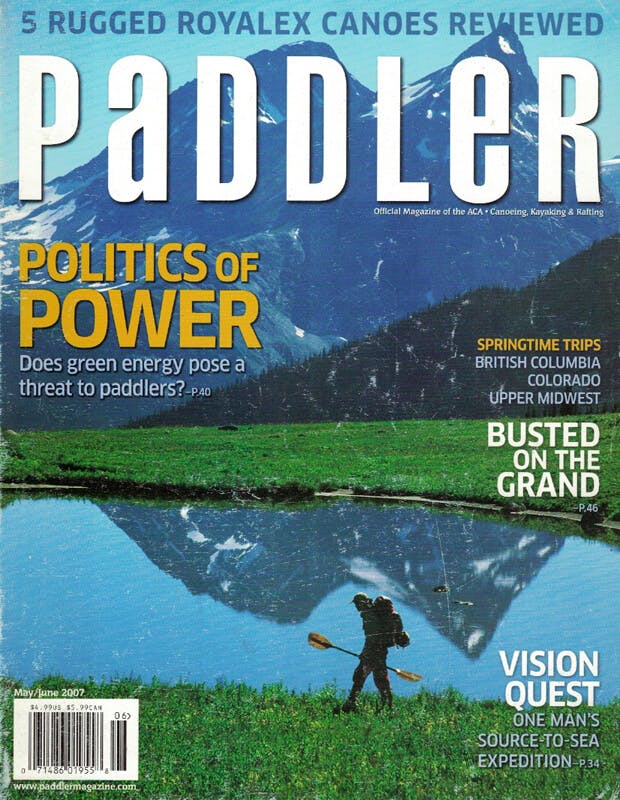
Paddler Magazine Cover
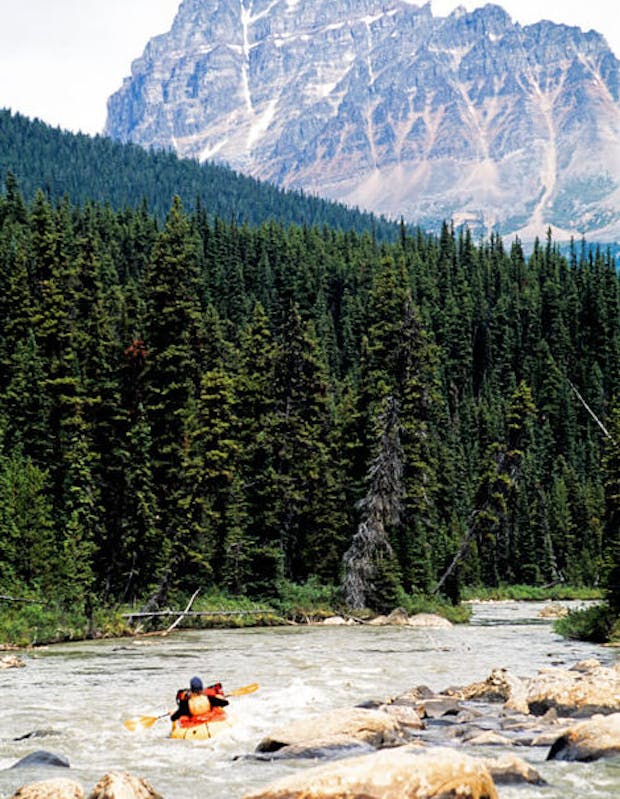
First Packrafts in the Canadian Rockies
"Packraft" is now a familiar term in the backcountry lexicon. There are manufacturers around the world. There's been a friggin' movie made about Sheri and Thor and the development of the sport. And Alpacka is still preeminent, developing designs for every use, including boats that even handle class V whitewater. In 2006, I didn't see any of that coming.
What I viewed as a novelty craft for wilderness freaks like myself expanded to an essential boat of utilitarian purpose. I've used my packraft as a low water season-extender, a salmon-survey tool, a piece of checked baggage instead of an oversize kayak on international flights, a loaner boat for novice paddlers on log-strewn streams that would be suicidal in anything else. It seems like I find a new use for my packraft every season.
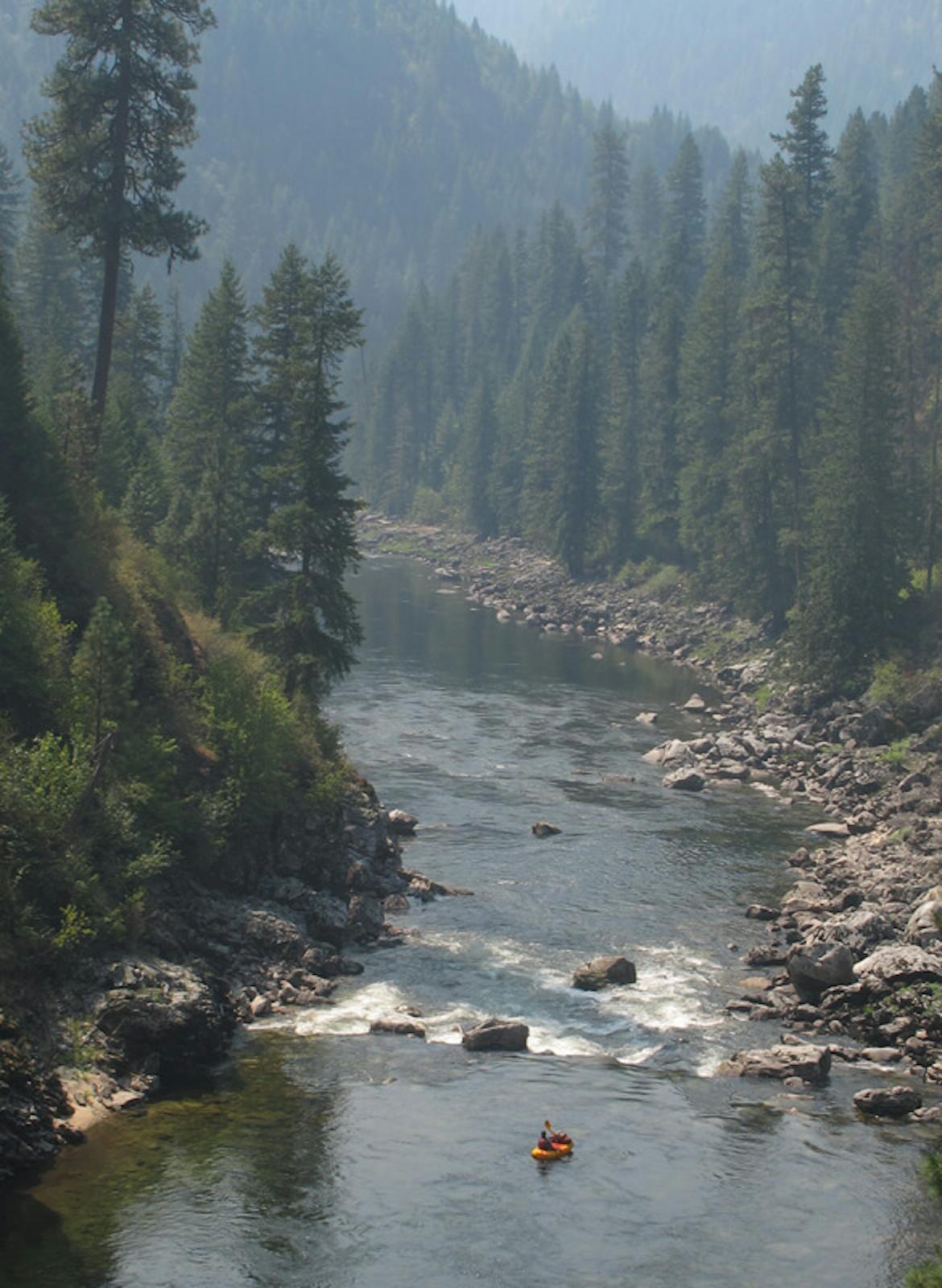
Frank Church - Selway Bitteroot traverse 2013
Over the last few years, I spent a lot of time in Phoenix, Arizona, caring for my elderly mom. She thought my Alpacka was amazing too, as I repeatedly explained how they worked, "See this zipper, mom? My sleeping bag actually goes inside the boat…" Morning escapes to the lower Salt and Gila Rivers were hardly wilderness first descents, but they were probably more important in the long run.
Mom passed on 22 months ago. For me, that means it's time to get back to my packrafting roots, hiking far into the misty mountains to float on pure, wild water.
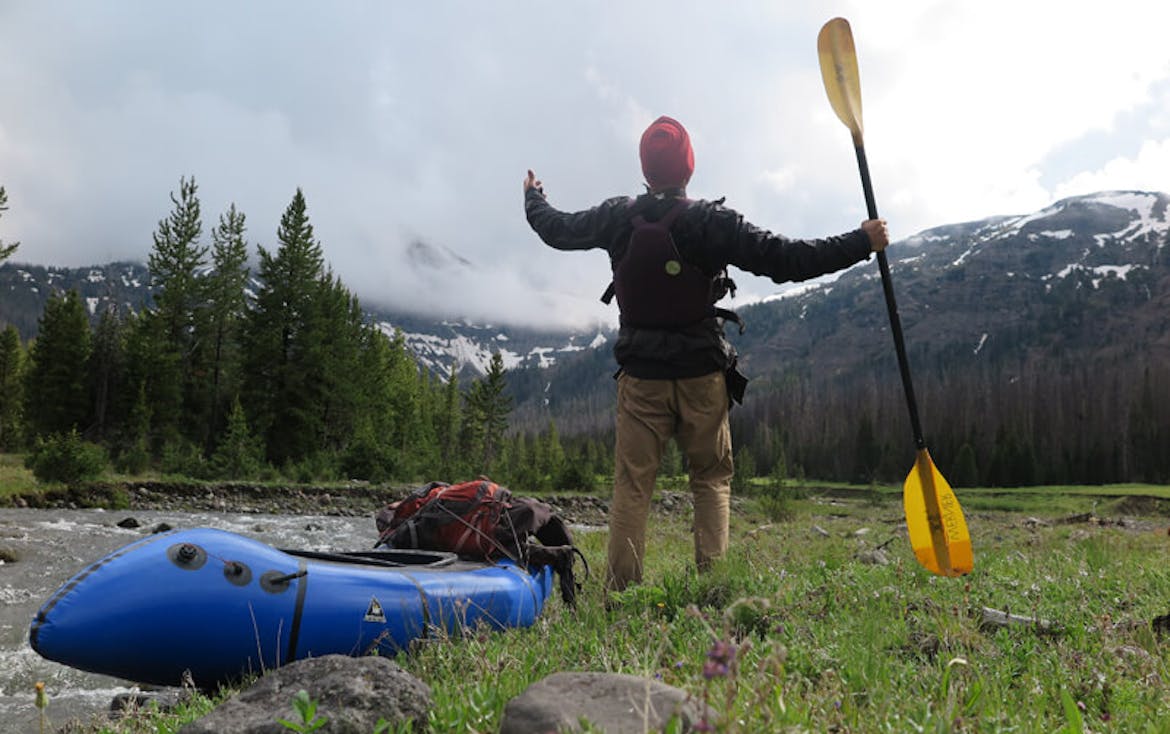
Yellowstone source - Thorofare Creek
I'll be exploring the source of the Yukon River this spring with my third Alpacka. My second boat—a blue Yak—got me down the sources of the Yellowstone, Green, Snake, Salmon; across vast Arctic landscapes and over hissing wave-trains in the Alaska Range. I can only hope that my new boat—an Expedition—will be as prolific, but who knows. The march of time refuses to slow down and I'm not sure I can keep pace. But endurance is manifest in Alpacka boats. Lisa and I still use our original yellow models, even though they should probably be in a museum since we had them signed a few years ago by the father of the sport, Dick Griffith. As he wrote his legendary name on the silky yellow tubes, he chided; "doesn't look like you've used these things very much." Oh we've used them, sir Griffith, it's just that they keep going. And as long as I'm able, so shall I.
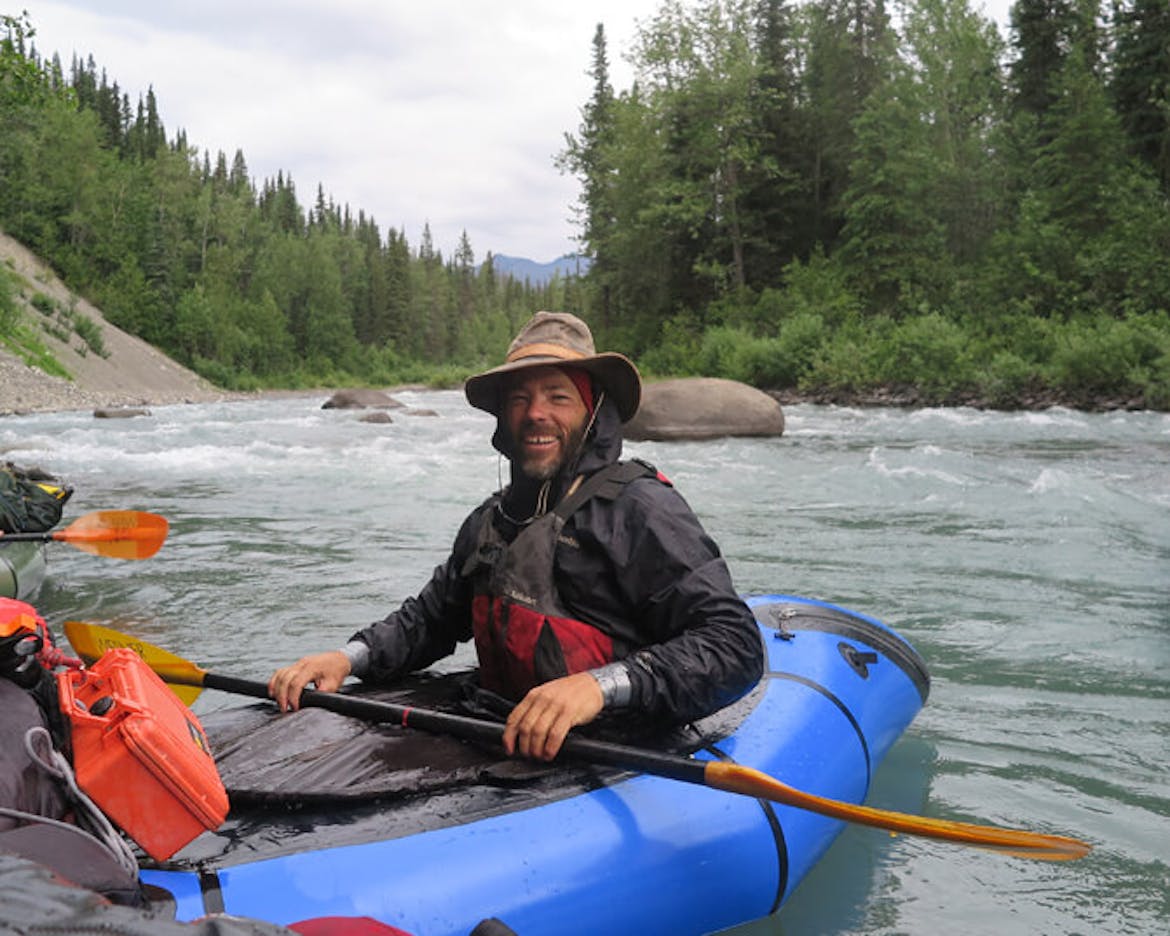
More About Tyler
Tyler Williams is a lifelong adventurer. Check out his full bio here. He and his wife Lisa Gelczis own and operate Funhog Press in Flagstaff, Arizona. They are dedicated to the production of quality adventure guides, offering accurate information and honest perspectives in their work. Check out some of his published works and check out more of his adventures here.
Photo Credit: Hero image by Huw Oliver

